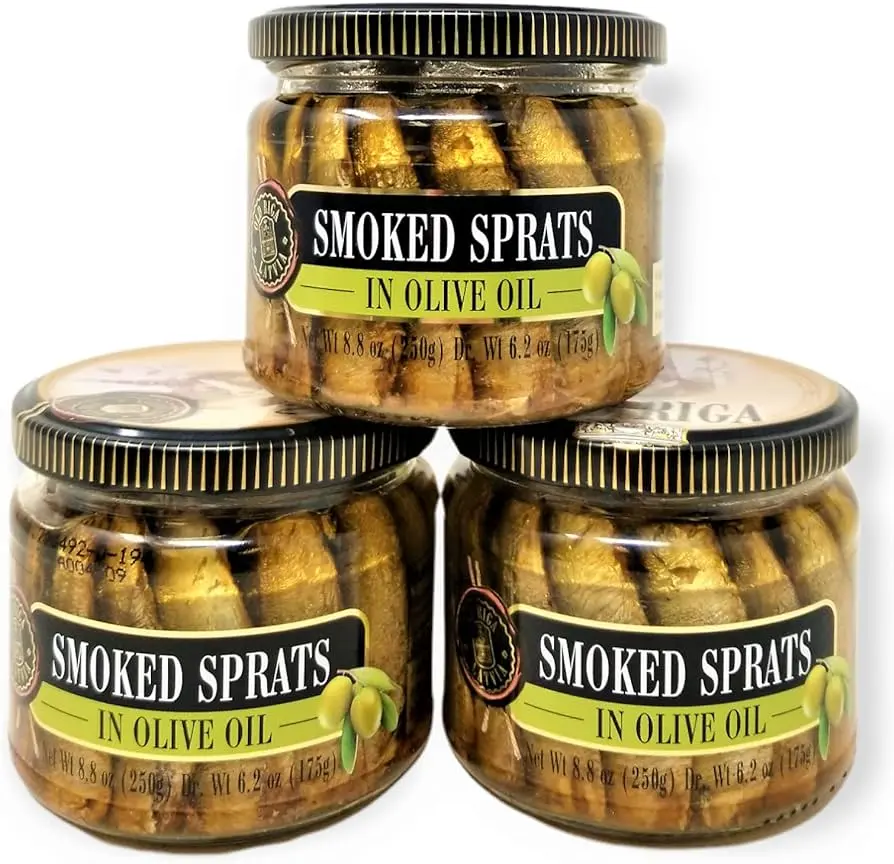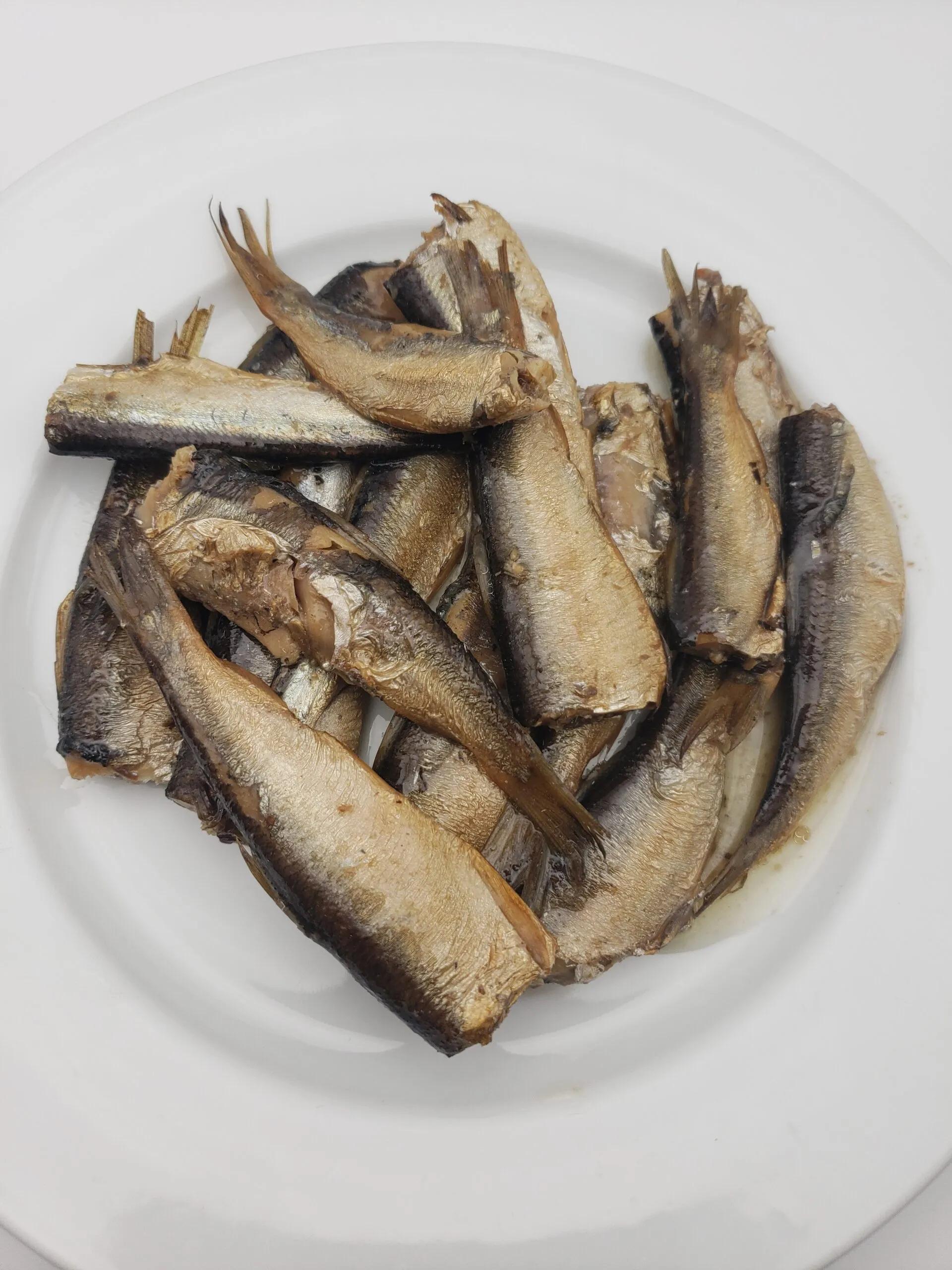If you're a seafood lover, you've probably come across Riga smoked sprats at some point. These small, flavorful fish are a popular delicacy from the Baltic Sea region. In this article, we'll explore the history, culinary uses, and health benefits of Riga smoked sprats.
What are Riga Smoked Sprats?
Riga smoked sprats are small, oily fish that are native to the Baltic Sea. They belong to the same family as sardines and herring, but they have a distinct taste and texture. These fish are typically caught during their peak season, which is from May to September.
The sprats are traditionally smoked using oak wood, which gives them a unique smoky flavor. After smoking, they are preserved in a can with oil, salt, and sometimes various spices. This preservation method allows the sprats to be enjoyed year-round.
The Difference Between a Sardine and a Sprat
Many people wonder about the difference between sardines and sprats. While they are similar in appearance and taste, there are a few distinctions:
- Size: Sprats are generally smaller than sardines, measuring around 4-6 inches in length.
- Origin: Sardines are found in warmer waters, such as the Mediterranean Sea, while sprats are native to the colder waters of the Baltic Sea.
- Flavor: Sprats have a more intense and smoky flavor compared to sardines.
Culinary Uses of Riga Smoked Sprats
Riga smoked sprats are incredibly versatile in the kitchen. They can be enjoyed in various ways:
Snacking
One of the simplest ways to enjoy Riga smoked sprats is straight out of the can. The smoky flavor and tender texture make them a delicious snack on their own. You can serve them on crackers or bread, or even add them to salads for an extra burst of flavor.
Sandwiches and Canapés
Riga smoked sprats are a popular ingredient in sandwiches and canapés. Their robust flavor pairs well with crusty bread, cream cheese, and fresh vegetables. You can also try them with a squeeze of lemon juice for added acidity.
Pasta and Rice Dishes
Add a touch of the Baltic Sea to your pasta or rice dishes by incorporating Riga smoked sprats. They can be flaked and tossed through pasta with olive oil, garlic, and herbs for a quick and tasty meal. Alternatively, you can mix them into a rice pilaf for a flavorful twist.
Health Benefits of Riga Smoked Sprats
Aside from their delicious taste, Riga smoked sprats offer several health benefits:
- Omega-3 Fatty Acids: Sprats are an excellent source of omega-3 fatty acids, which are essential for heart health and brain function.
- Protein: These fish are rich in high-quality protein, which is important for muscle growth and repair.
- Vitamins and Minerals: Riga smoked sprats contain various vitamins and minerals, including vitamin D, vitamin B12, selenium, and phosphorus.
It's worth noting that Riga smoked sprats are also relatively low in mercury compared to larger fish species, making them a safe choice for regular consumption.
Q: Are Riga smoked sprats sustainable?
A: Yes, Riga smoked sprats are considered a sustainable seafood choice. The Baltic Sea sprat fishery is well-managed, and the population is abundant.

Q: Can I eat the bones of Riga smoked sprats?
A: Yes, the bones of Riga smoked sprats are soft and edible. They add a crunchy texture and are a good source of calcium.
Q: How long do Riga smoked sprats last?
A: When stored properly in a cool, dry place, Riga smoked sprats can last for up to 2 years.
In Conclusion
Riga smoked sprats are a unique and delicious delicacy from the Baltic Sea. Their smoky flavor, small size, and versatility in the kitchen make them a popular choice among seafood lovers. Whether enjoyed as a snack, incorporated into various dishes, or appreciated for their health benefits, Riga smoked sprats are a true culinary delight.
If you want to know other articles similar to Riga smoked sprats: a baltic delicacy | health benefits & culinary uses you can visit the Seafood category.


Related Articles